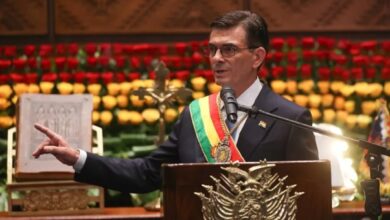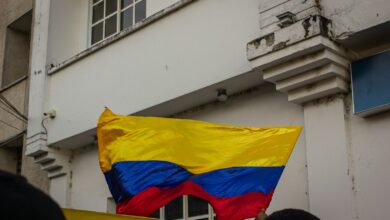Puerto Rico’s Renewable Energy as a Path to Economic Growth
Investing in Puerto Rico's renewable energy sector could bolster the island's economic growth, as highlighted in a recent report by a Democratic Congressional committee.

Photo: Pixabay
Latin American Post Staff and EFE
Escucha este artículo
Leer en español: La energía renovable de Puerto Rico como camino hacia el crecimiento económico
Revitalizing Puerto Rico: The Potential of Renewable Energy Investments
A recent report published by a committee of the Democratic Party in the U.S. Congress has emphasized the potential for renewable energy investments to drive economic growth in Puerto Rico. The report titled 'Investing in Puerto Rico's Renewable Energy Future' outlines how a more resilient and locally-sourced energy system could protect community health and well-being and lay the groundwork for more robust, more equitable economic development on the island.
According to the report, the U.S. federal Congress has allocated $12 billion in aid funds to rebuild Puerto Rico's energy system, including modernizing its electrical grid, in response to the destruction caused by recent natural disasters. These funds present an opportunity to invest in a modern grid that facilitates the transmission and distribution of renewable energy and in renewable generation infrastructure.
Unlocking the Potential of Renewable Energy Sector
The report underscores the potential for significant growth in the renewable energy sector, which could lead to establishing more Puerto Rican renewable energy businesses, job creation prioritizing local hiring, protection of local community well-being, and a new path to economic progress.
The report details Puerto Rico's economic growth from the 1950s to the 1990s. However, introducing new free trade agreements in the 1990s increased international competition for U.S. manufacturing, which often targeted Puerto Rico. This, coupled with the end of tax incentives, led to the gradual departure of this industry from the island, culminating in bankruptcy and a subsequent public debt restructuring process.
Additionally, the report notes the significance of small businesses as significant employers in Puerto Rico, with half of the island's workforce employed by companies with fewer than 100 employees as of 2019. These key industries require constant and accessible electricity to operate effectively.
Energy Challenges and the Need for Change
However, energy costs in Puerto Rico are significantly higher than in any U.S. state except Hawaii and Alaska. The grid-primarily relies on fossil fuels, which the island must import, further escalating electricity costs.
Therefore, the report's authors assert that renewable energy infrastructure could facilitate domestic energy production and potentially reduce long-term prices. This would support the current industry, boost small business growth, and diversify the economy.
Also read: Futurecasting Bitcoin: Predictions Explored
Investment in renewable energy in Puerto Rico represents not just an environmental imperative but an economic opportunity. The transition to a sustainable energy model could help the island overcome its current energy costs and reliability challenges while fostering local industries and job creation. By moving towards renewable energy, Puerto Rico could enhance its economic stability and set a precedent for sustainable development in the region.




